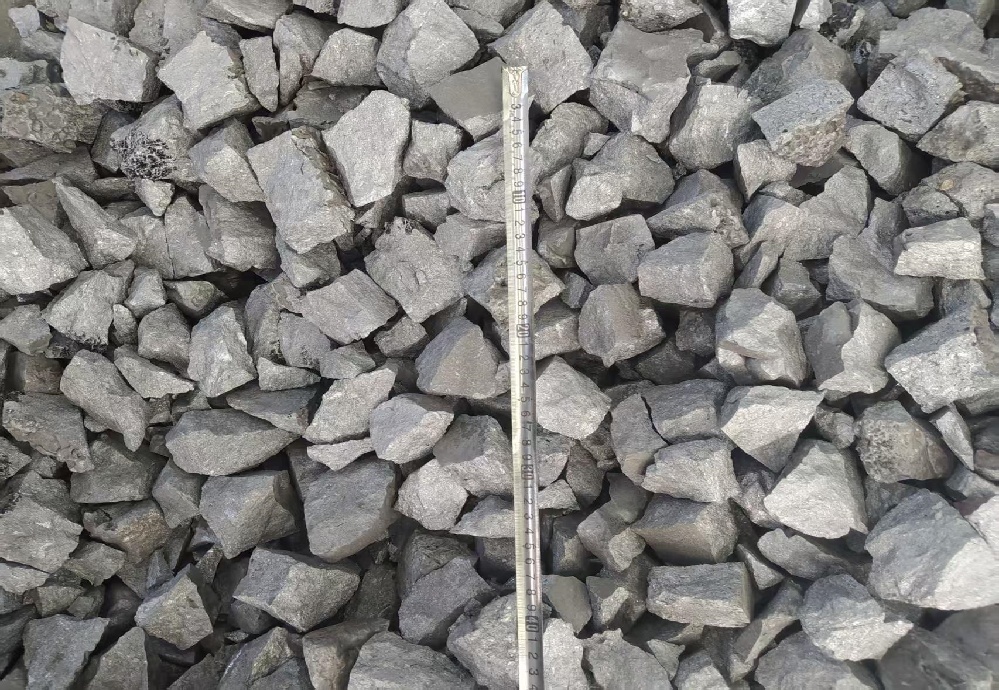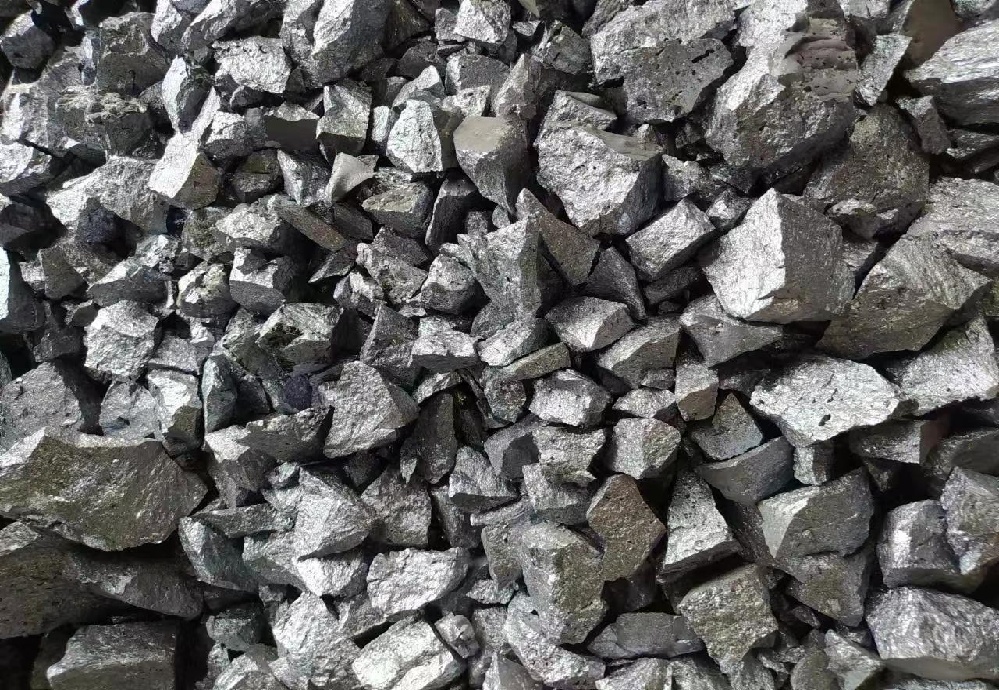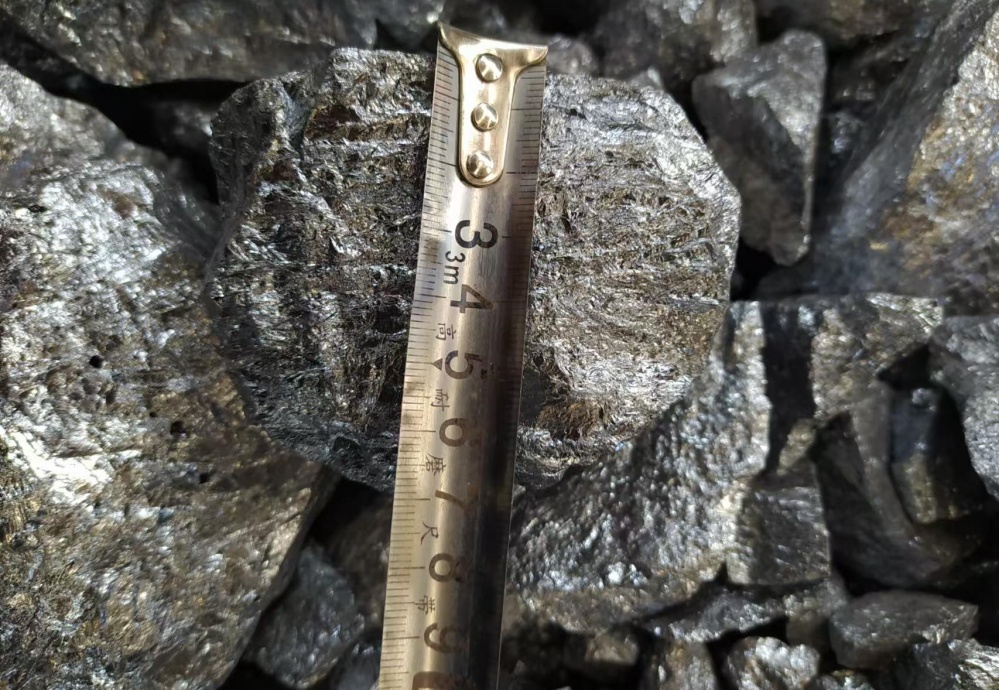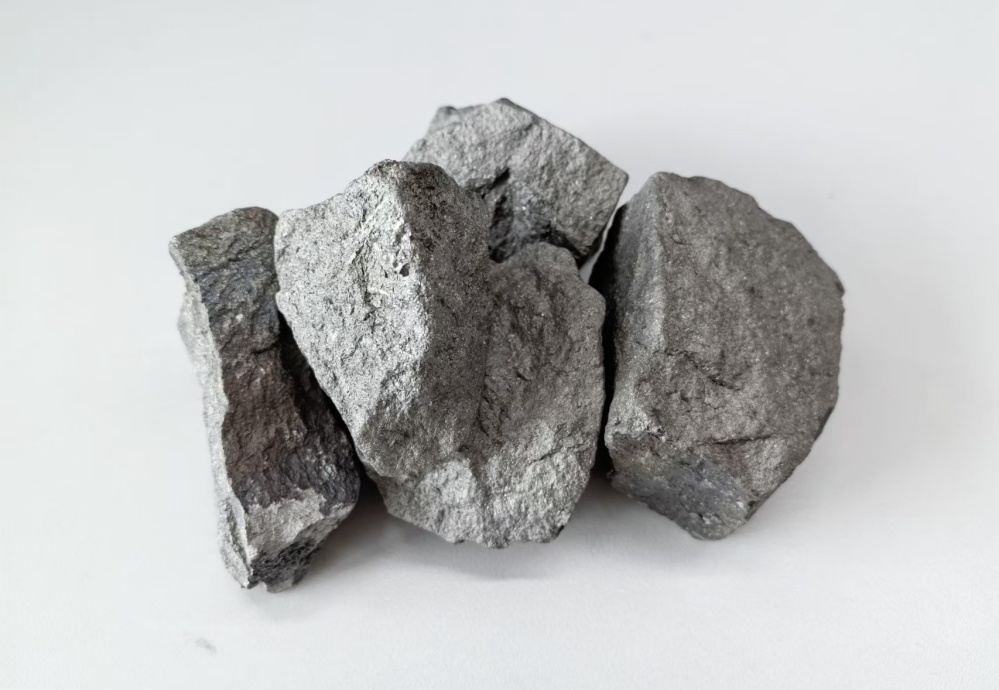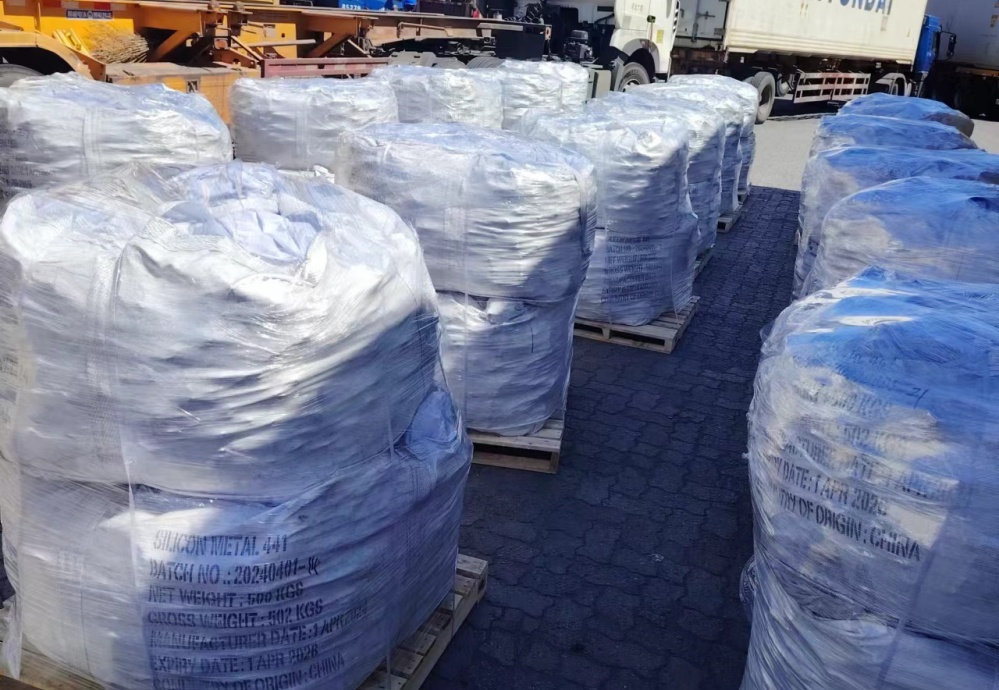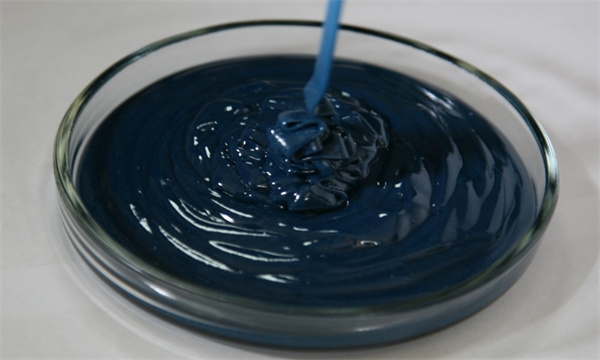
Plastisol
The polymer particles are dispersed in the plasticizer, and the plasticizer is absorbed by the polymer particles through heating to achieve solidification of the paste material.
- Grade: customiztion
- Size: customiztion
Plastisols are colloidal dispersions of small polymer particles, usually polyvinyl chloride (PVC), in a liquid plasticizer. When heated to around 180 °C (356 °F), the plastic particles absorb plasticizer, causing them to expand and fuse together to form a sticky gel. Once cooled below 60 °C (140 °F), it becomes a flexible, permanently plasticized solid product. This process is called "curing"
Uses
Textile ink
Plastisols are used as inks for screen printing onto textiles. Plastisols are the most commonly used inks when printing designs on clothing and are particularly useful for printing opaque graphics on dark fabrics
polymer clay
Uncured plastisol used as polymer clay
solid rocket booster
The plastisol process is used to bond polymers with metallic or metalloid reagents and liquid oxidizers to create charged solid propellants. This material can be ignited and extinguished by electrical pulses, providing pulse rocket propulsion.

